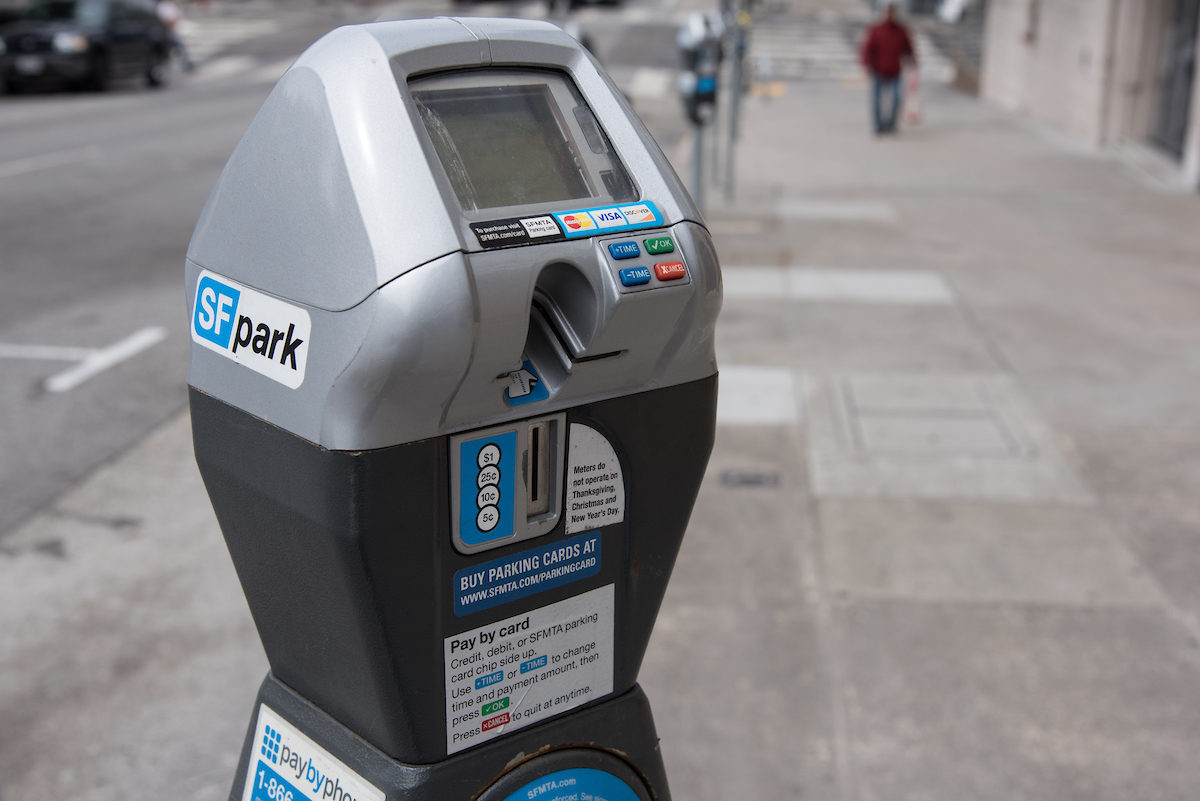Growing India News, world news, nation news, our news, people's news, grow news, entertainment, fashion, movies, tech, automobile and many more..
Wednesday, February 10, 2021
Show HN: Cosmic REST API v2 and Brand New Docs https://ift.tt/2Z0fFnV
Tuesday, February 9, 2021
Show HN: Back-up Apple Notes data in Markdown and HTML format https://ift.tt/3aK9HNs
Time to Park? Know Your Meter
By Jonathan Streeter

Meters help businesses and others in high demand areas of San Francisco by ensuring that people driving cars will use just the amount of time they need when temporarily parking. As such, the SFMTA recently made a simple but important update to how parking meters operate when paying for parking with a credit card.
Now, when paying by credit card, the meters will default to two hours of parking time. The previous default credit card charge was $0.25. In many areas of the city, that provides a few minutes of parking! While the new default is 120 minutes, customers may still choose the precise amount of time they want to park by using the up and down buttons on the meter. For example, if a customer wants to park for only 15 minutes, they may use the down button until the correct amount of time it is selected. Previously, a customer would have to use the up button to increase the amount of desired time.
The change to the credit card default was made for a few reasons:
• The average time cars park at meters is around an hour and a half. Most customers were required to press the “up” button repeatedly in order to get to their desired amount of parking time.
• Before this change, parking meters saw a very high number of $0.25 transactions—many of those are likely customers who didn’t realize they would only be charged for just a few minutes of parking time if they did not use the up button to increase the amount of time needed. When customers purchase the minimum amount of time without realizing it, they risk getting a ticket. By defaulting to an amount of time closer to the average time purchased, we hope to help more people avoid parking tickets for an expired meter. Under the new default, we’ve seen a significant decline in $0.25 credit card transactions.
• Customers who accidentally purchase only $0.25 worth of time often must immediately complete another transaction to purchase the amount of parking time they want. When customers make two separate transactions, the city is charged two transaction fees. Increasing the default time helps avoid double transactions and double fees.
And please note: this change applies only to credit or debit card payments: the payment procedure for cash or pay-by-phone has not changed.
For more information visit our parking meter web page.
Published February 09, 2021 at 09:56PM
https://ift.tt/2MQet3V
Launch HN: SigNoz (YC W21) – Open-source alternative to DataDog https://ift.tt/2YZWsTl
Launch HN: Great Question (YC W21) – Customer research tools for software teams https://ift.tt/2YYY7J1
Show HN: Polar Signals Continuous Profiler – Systematic Performance Profiling https://ift.tt/3a3VlZh
Show HN: "100 Page Python Intro" eBook https://ift.tt/2Z2Idgu
Show HN: Meals You Love – AI-powered meal planning and grocery shopping https://ift.tt/d0cUy9g
Show HN: Meals You Love – AI-powered meal planning and grocery shopping Meals You Love is a meal planning app that creates weekly meal plans...
-
Show HN: An AI logo generator that can also generate SVG logos Hey everyone, I've spent the past 2 weeks building an AI logo generator, ...
-
Breaking #FoxNews Alert : Number of dead rises after devastating tornadoes, Kentucky governor announces — R Karthickeyan (@RKarthickeyan1)...
-
Show HN: Snap Scope – Visualize Lens Focal Length Distribution from EXIF Data https://ift.tt/yrqHZtDShow HN: Snap Scope – Visualize Lens Focal Length Distribution from EXIF Data Hey HN, I built this tool because I wanted to understand which...